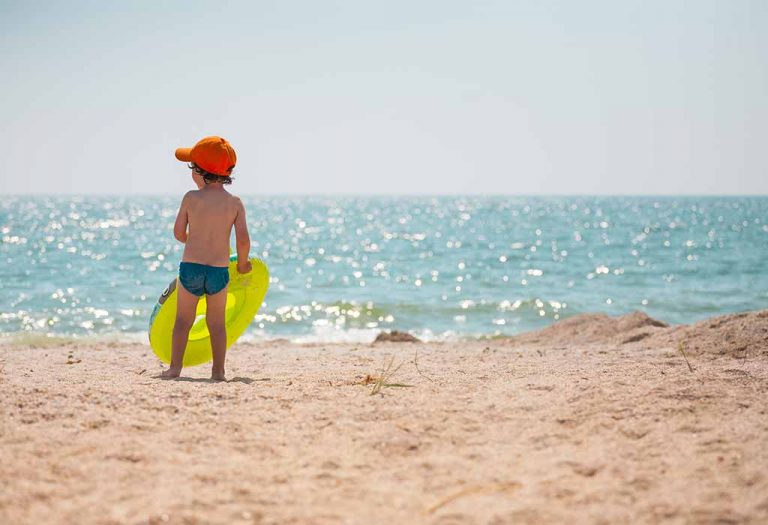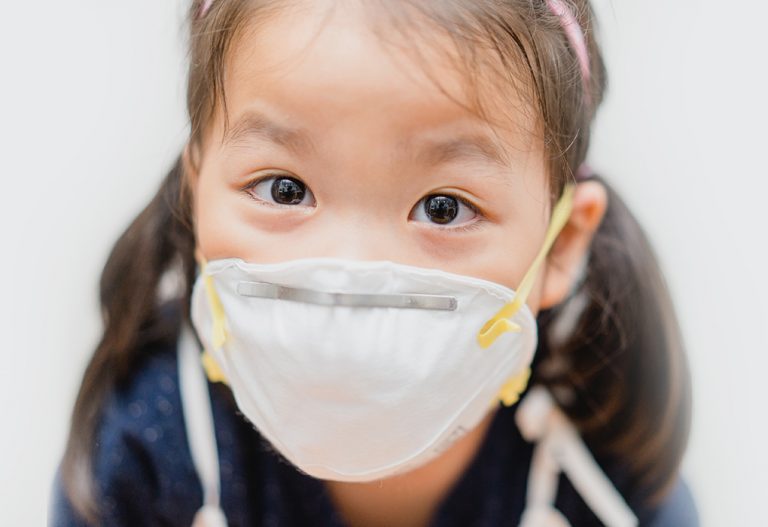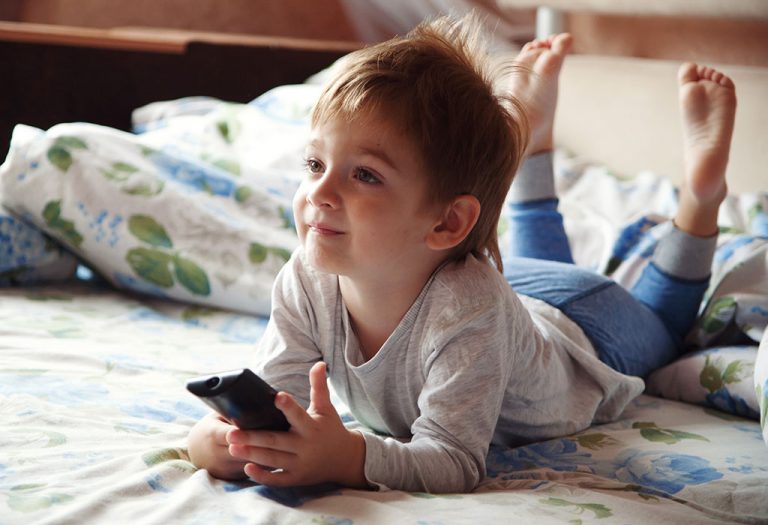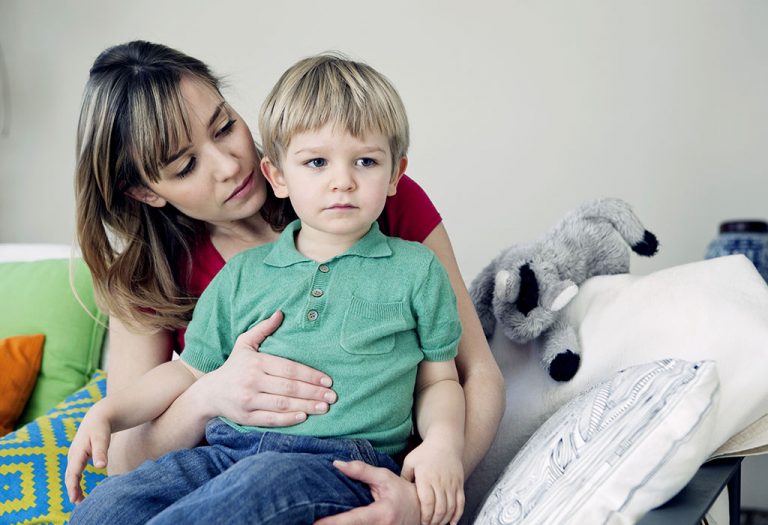Important Beach Safety Tips for Kids
Summertime generally means hitting the beach for most families. Beaches are a great place to unwind. However, they can also be dangerous, especially if you have young kids who you have taken along. Ensuring the safety of your little ones is of utmost importance at a beach, thus keeping yourself aware with rules on beach safety for kids is essential.
A lot of families wonder, “Is it safe to go to the beach with little kids?” It is safe to head out to a beach and unwind with your little ones as long as you follow the safety precautions. Here, we give you all the water safety rules at the beach to keep your family safe this summer.
Beach Safety Rules to Keep in Mind for Children
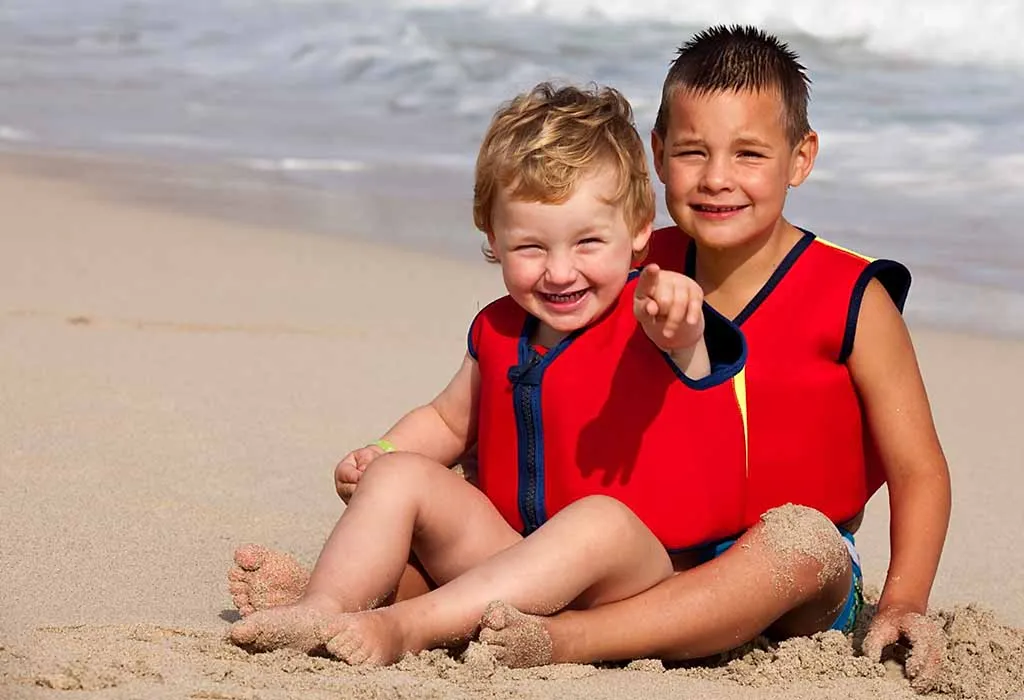
To keep yourself as well as your children out of danger while ensuring that they still have plenty of fun, follow these rules:
1. Brush up on swimming skills
Do you wonder, “Is swimming at the beach safe?” Remember that swimming in an ocean or a sea is much different from swimming in a pool. It is a fact that swimming in an ocean or sea requires much more physical effort and skill than swimming in a pool. Also, you must remember that the water in a sea is dark and includes living creatures with absolutely no concrete sides or ladders to hold on to. For this reason, children may struggle to swim in an ocean and may also be intimidated by the waves pushing them around while they cannot see the bottom. If you are taking your child to the beach for the first time, we recommend that you prepare your child for these differences beforehand, and it might be helpful for your child to get some survival swimming practice.
2. Purchase life jackets
We recommend purchasing life jackets or any kind of personal flotation device if you plan to take toddlers or young kids to the beach (1). Remember that it just takes a second to get distracted, and your child may wander into the water. Also, having a life jacket on your little one provides you with that extra protection and peace of mind that your child won’t drown in the water easily. However, we recommend that you try the life jacket on your child and test it in a pool before using it on a beach.
3. Check the water conditions beforehand
Almost all swimming beaches have beach flags and lifeguards, which indicate the weather conditions. If these indicate a rough sea or lightning, and you witness high currents, it is best to avoid the beach that day. Also, keep the children out of the water if the current brings jellyfish inland. If there is a beach safety rope available, inform your children about it before going into the water.
4. Ensure there is a lifeguard around
A lifeguard must be close to where your children are playing in the water. Always swim near a lifeguard on duty (2).
5. Ensure the children do not touch the marine life
It is highly recommended that your children understand that they should not approach or touch the marine life around them, even if they feel it needs help (3). Instead, you can request help from a local lifeguard or the beach patrol. An injured whale, a beached seal, or a jellyfish washed up on shore can be dangerous.
6. Educate your children on the ocean currents
There are two kinds of currents one may experience at a beach. These are the rip currents and the longshore currents. Children need to stay safe from the longshore currents as these are the currents that push one towards the beach with each wave.
7. Set up boundaries
As longshore currents can slowly push the kids down the beach, we suggest that you set some limits or boundaries for the kids while at the beach. For example, you can ask your kids to be between two points while playing at the beach. You can probably select a specific distance between you and the lifeguard chair. This makes it easier for children to play without the danger of losing sight of the family, as they know exactly where to look for you.
8. Always use the buddy system
It is never a good idea to let your kids swim alone. Children must be encouraged to swim with a buddy. For younger children, you are their buddy. You can decide and take turns with your partner or group of friends to swim with your child or children. This makes stimming at the beach a lot safer.
9. Always be alert
It may be extremely tempting to take a nap as you unwind on the beach. However, if you have taken children with you, you must always be alert and keep an eye on them even if you feel that they are old enough (tweens/teens). Little ones should always be within your reach. If you have gone to the beach as a family, then take turns to watch the kids. You can never completely rely on the lifeguards to keep an eye on your kids.
10. Sunscreen and hydration
Always ensure that you and your children put on an ample amount of sunscreen to protect the skin at least 30 minutes before you all step out in the sun (4). Choose a broad-spectrum sunscreen that covers the skin entirely. You also need to make sure that you and your family stay hydrated throughout the day. Make sure to carry a cooler filled with water and keep drinking water throughout the day.
FAQs
1. What are some non-negotiable rules for beach safety for children?
Some of the non-negotiable rules on beach safety for preschoolers, elementary kids, and big kids:
- Always follow a lifeguard’s instructions
- Always ask parents or guardians to go in the water. Do not enter the water before notifying anybody.
- When standing near the ocean, always stand facing the water.
- If you have not mastered swimming, do not go in the water without any assistance like floating pads or buoys.
2. How can parents ensure the safety of their children on the beach?
When on a beach with kids, parents must always be:
- Attentive
- Sober
- Active
- Focused on the child
3. What are the different colours of flags hoisted by lifeguards, and what do they mean?
The common lifeguard flag colours are blue, yellow, green and red (5).
- Blue = dangerous marine life
- Green = low hazard
- Yellow = medium hazard
- Red = high hazard
The beach can be a great place to unwind and relax as a family. Just make sure to follow these precautionary steps to keep danger away.
References/Resources:
1. Beach Safety Tips: 5 Ways to Protect Your Kids; UNC Health Talk; https://healthtalk.unchealthcare.org/beach-safety-tips-5-ways-to-protect-your-kids/
2. Beach Safety for Families: Safe Fun in the Sun, Sand & Sea; American Academy of Pediatrics; https://www.healthychildren.org/English/safety-prevention/at-play/Pages/beach-safety-for-families-safe-fun-in-the-sun-sand-and-sea.aspx
3. Safety: Holidays and at the beach; The Royal Children’s Hospital Melbourne; https://www.rch.org.au/kidsinfo/fact_sheets/Safety_Holidays_and_at_the_beach/
4. Beach safety tips for families; CHOC; https://health.choc.org/beach-safety-tips/; June 2022
5. 4 Beach Safety Tips to Teach Your Kids; Catalina Sea Camp; https://catalinaseacamp.org/blog/4-beach-safety-tips-to-teach-your-kids/
Also Read:
Fire Safety for Children
Electrical Safety Tips for Kids
Top Safety Rules for Kids at Home
Amusement Park Safety for Children
Was This Article Helpful?
Parenting is a huge responsibility, for you as a caregiver, but also for us as a parenting content platform. We understand that and take our responsibility of creating credible content seriously. FirstCry Parenting articles are written and published only after extensive research using factually sound references to deliver quality content that is accurate, validated by experts, and completely reliable. To understand how we go about creating content that is credible, read our editorial policy here.





